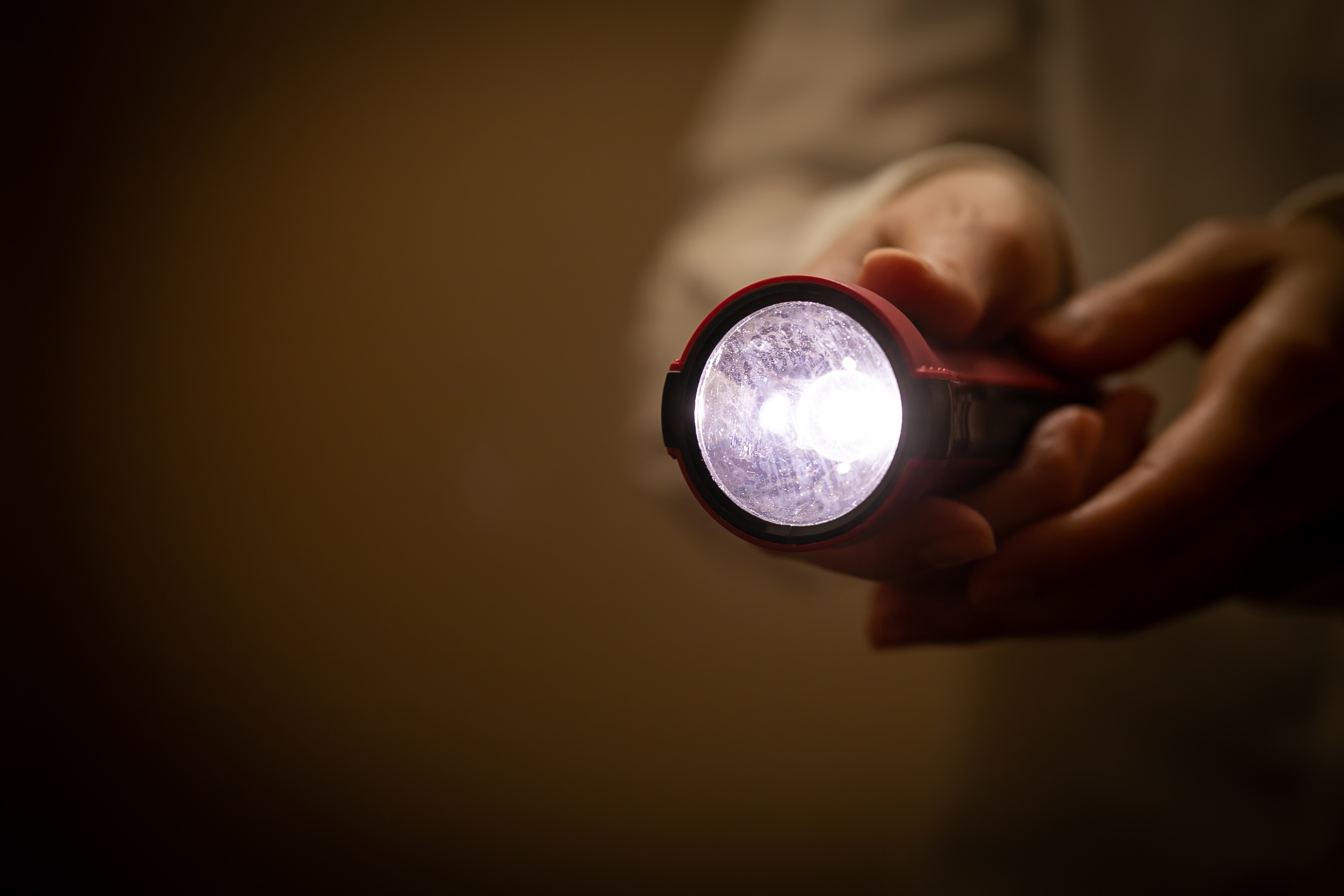Are you prepared if your electricity goes out?

Pre-planning on what to do if a utility goes out can have a big impact on the safety of your guests and the ability of your business to quickly respond.
What, for example, should you do if the electricity fails at your restaurant? Do you have a plan to guide customers through the disruption? What should employees do with food that’s partially cooked, or items in the cooler or walk-in? Do they know where to find flashlights, lanterns, and how to help guests exit the restaurant safely? Are they trained to know which appliances should be turned off and unplugged during a power outage, or where to locate circuit breakers?
What should you do when the lights go out? Find out on Oct. 22
The National Restaurant Association’s new guide, “Always Ready: Utility Disruptions,” offers tips and advice to follow in the event of electricity, gas, and water interruptions, and how to keep your business, customers, and employees safe if or when a stoppage occurs.
This first article in a 3-part series looking at each type of disruption focuses on what to do when the electricity fails. Here are some tips on what to do in the short and long term when the power goes out.
Short-term outages—less than 2 hours:
- Instruct employees to stay calm and keep customers calm, too. Send an employee to the restrooms to safely guide anyone caught in the dark.
- Tell the host to stop new customers from entering the restaurant.
- Use flashlights, lanterns, and/or tap lights. Don’t use candles unless already using them on tabletops in “safe” holders (and leave them on tabletops).
- Stop cooking and serving food and beverages. Even if you have gas appliances, you can’t finish cooking because the exhaust hood is electric.
- Shut off/unplug appliances. Sometimes when power returns, it can surge and damage equipment. Also, you don’t want choppers, blenders and slicers running unattended.
- Check for electric company updates on local outages. Find out if they have time estimates for power restoration. Ask if your water supply will be affected/safe when the power returns.
- Prime your generator and ready your extension cords if the power’s off for a while. You should have a can of carburetor cleaner and starter fluid on hand as generator fluids can gum up in storage.
- Keep the doors to your walk-in coolers and freezers closed if you don’t have a generator. Don’t open them to return items out on the counter or on the serving line. Every time you open those doors, cold air escapes, temperatures rise, and you risk losing more inventory. If you keep the doors closed and look at the walk-in temps on the outer thermostat (38°F or below for refrigerated; 0°F or below for frozen) your food might withstand an outage that lasts hours.
- If frozen foods go higher than 40°F after 4 hours, discard them.
- DO NOT put hot foods into the walk-in cooler.
- Mark the time and monitor temperatures of food you’re holding on the cook line or on a serving line or buffet. Cold food should not rise above 40°F and hot food should not fall below 135°F.
- Develop a plan to accept alternative forms of payment since your POS system will likely go down.
- Call employees who are scheduled to work later shifts. Appraise them of the situation and whether they should come in.
- Contact reservation holders and determine whether to reschedule them.
Long-term outages—more than 2 hours - Follow the tips in the short-term outages section, plus the following practices:
- Turn off some of the electrical power at the circuit breaker(s), but only the 3-phase breakers with 3 switches that flip together. Don’t flip the master switch. That way, some electricity will be flowing when the power comes back on to avoid power surges.
- Make sure water trickles through water pipes, especially those located along outside walls, if it’s below freezing outdoors and the heat goes off. If your water is disrupted, shut off your water valve and drain your pipes.
- Start saving your inventory if your power is out longer than your food can withstand (walk-in cooler above 38°F; freezer above 0°F). If you have a generator, start it.
- Don’t store food outdoors in winter, even if you’re tempted to. Direct sunlight will raise the food temperature and animals might get at it. Move costly items to another refrigerated location, ask your vendor for cold storage, or try to rent or borrow a refrigerated truck. Do not use dry ice. It sublimates into carbon dioxide at potentially harmful levels in an enclosed walk-in cooler or freezer.
- Discard cold food above 40°F for more than 4 hours.
- Discard hot food below 135°F for more than 4 hours.
-
ResyResy is a digital dining platform that powers restaurants around the world and provides reservation booking for passionate diners. With the powerful backing of American Express, Resy has created best-in-class software that elevates dining experiences and connects restaurants to a vast network of highly engaged diners. Resy is a destination for restaurant discovery, exclusive access, original content, and chef-driven culinary events. The amazing world of restaurants is just a few taps away in the Resy app and at Resy.com.
